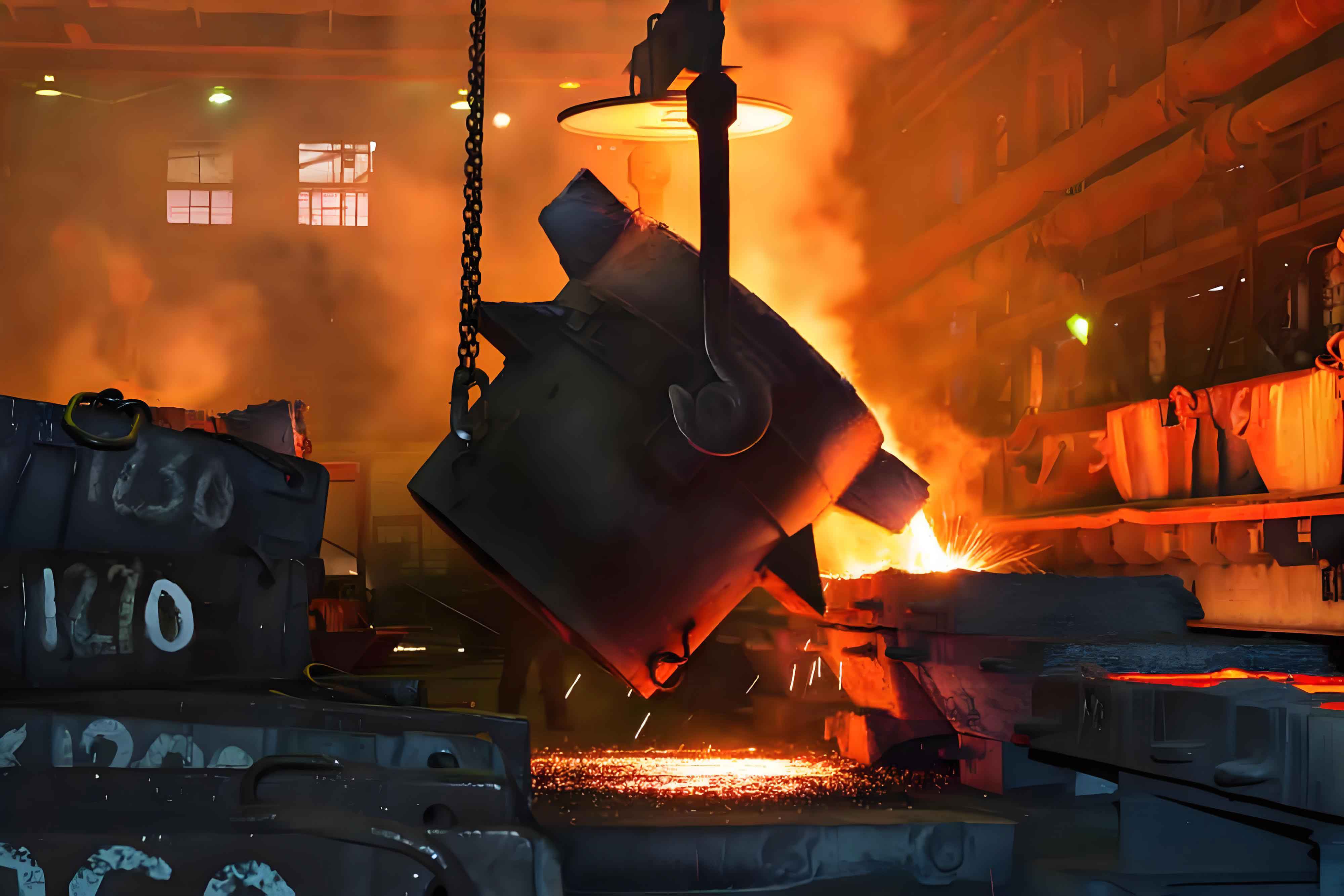Grey cast iron, a Fe-C-Si alloy with graphite flakes, accounts for approximately 70% of global cast iron production due to its cost-effectiveness, excellent machinability, and damping capacity. To expand its industrial applications, this study investigates the synergistic effects of austempering and boroaustempering treatments on enhancing mechanical properties and wear resistance. The experimental material, with a composition of 3.6% C-2.1% Si-0.43% Mn-0.26% Cr-bal Fe, underwent two distinct thermal processing routes:

1. Austempering: Specimens were austenitized at 900°C for 30 minutes followed by isothermal quenching in salt baths at 240°C, 300°C, and 360°C for durations of 1-4 hours.
2. Boroaustempering: Samples were borided in molten borax (950°C for 2-4 hours) and directly transferred to austempering salt baths without reheating.
The microstructure evolution obeyed the diffusion-controlled transformation kinetics described by:
$$X(t) = 1 – \exp\left(-kt^n\right)$$
where \( X(t) \) represents transformed fraction, \( k \) the rate constant, and \( n \) the Avrami exponent. Lower austempering temperatures (240-300°C) produced finer ausferritic structures compared to 360°C treatments, as quantified through metallographic analysis.
| Treatment | Temperature (°C) | Time (h) | Hardness (HRC) |
|---|---|---|---|
| Austempering | 240 | 1-4 | 45-47 |
| 300 | 1-4 | 40-42 | |
| 360 | 1-4 | 35-37 | |
| As-cast | – | 28 |
The boride layer thickness followed parabolic growth kinetics:
$$x^2 = Dt$$
where \( x \) is layer thickness (100-135 μm), \( D \) the diffusion coefficient (2.8×10⁻¹⁴ m²/s), and \( t \) processing time. Boroaustempering achieved surface hardness of 1,473-1,562 HV0.1, significantly exceeding base material capabilities.
Adhesive wear resistance was evaluated using modified Calotest methodology with a 52100 steel counterface (160g load, 400rpm). Wear volume \( V \) calculated as:
$$V = \frac{\pi d^4}{64R}$$
where \( d \) = wear scar diameter, \( R \) = ball radius (12.7mm). Results demonstrated:
| Treatment | Wear Rate (mm³/N·m) | Improvement vs. As-Cast |
|---|---|---|
| As-Cast | 8.7×10⁻⁵ | – |
| 240°C Austempered | 3.2×10⁻⁵ | 63% |
| 300°C Austempered | 4.1×10⁻⁵ | 53% |
| 360°C Austempered | 5.9×10⁻⁵ | 32% |
| Boroaustempered (4h) | 1.8×10⁻⁵ | 79% |
Microstructural analysis revealed three distinct zones in boroaustempered grey cast iron: (I) Fe2B layer incorporating graphite flakes, (II) diffusion interface, and (III) ausferritic matrix. The combinatorial approach of surface boriding with matrix austempering proved particularly effective for applications requiring both high surface hardness and tough substrates.
These findings demonstrate that grey cast iron’s performance envelope can be substantially expanded through thermal processing optimization. The boroaustempering technique eliminates intermediate reheating steps, offering energy-efficient production of components requiring graded microstructures. Future work should investigate fatigue behavior and thermal cycling effects in these engineered grey cast iron systems.
